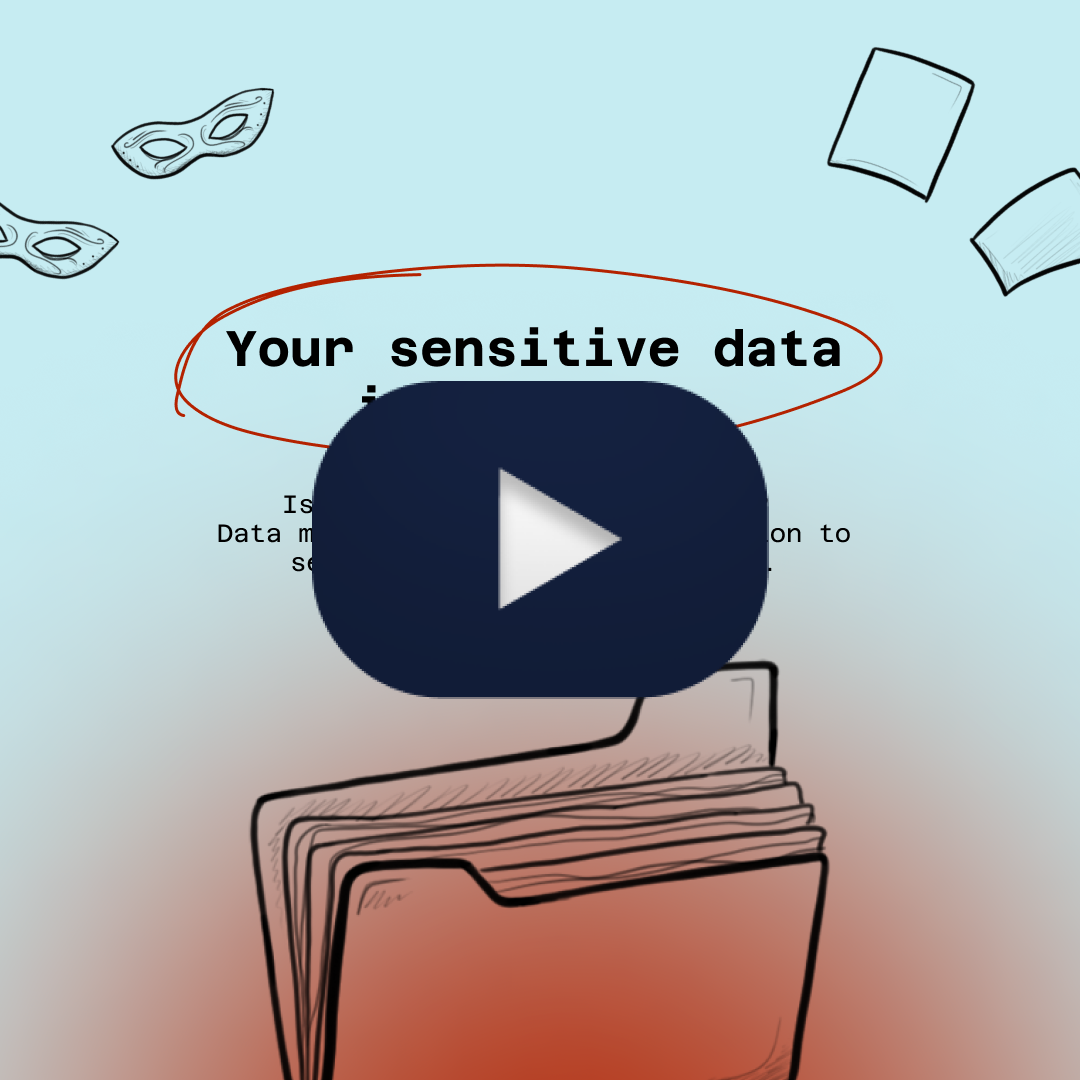Recent polls of cybersecurity professionals show most respondents (82%) have partial or no visibility into their databases and need it. Few said they have good visibility (7%) or don’t need it (11%).
The surveys were conducted in various LinkedIn groups in English and Spanish, asking: “Do you have visibility into what’s happening within your database?”. Almost all English respondents claimed to have partial visibility (40%) or have no visibility and need it (53%).
In the Spanish survey, more people said they have good visibility or don’t require it, thereby lowering the demand for visibility from 93% to the 82% average.
The challenge of database visibility
Databases store a lot of sensitive corporate and third-party data, such as financial data, personal information, and much more. This data must not be compromised, leaked, or manipulated, but most of us have no visibility into who accesses it, when, or how.
We know we need visibility. Without it, we cannot design effective controls. It is a generally accepted first step in security: don’t fly blind. You can’t control what you can’t see. So how come database visibility is something most organizations lack?
Databases are challenging because of the massive activity volume and strict performance requirements. How do you get visibility into billions of SQLs? How do you even collect the information without impacting performance, let alone process and consume it? How do you gain control and know when someone is doing something malicious when there is so much noise? Even when limiting the scope to confidential table accesses, there is too much activity to comprehend.
But without visibility, how could you set up controls, reports, or alerts? What do you look out for? How will you know if a data breach occurred? And when one does, how did it happen?
How to obtain and improve visibility
As mentioned above, database visibility is challenging due to the high activity and performance requirements. It’s unlikely you’ll get far on your own without the right solution and underlying technologies.
Simple tools rely on built-in database functionality. These often have a high-performance impact while providing almost no visibility. Even expensive tools often use older technologies that can’t deliver the desirable visibility and value.
In recent years, Core Audit introduced significant advances and innovations in capture, processing, storage, and analysis technologies. The result offers impressive and unparalleled visibility. Talk to us to learn more and see how we can help you protect your data.
Final Thoughts
These days, we need to protect more data and more systems while facing greater risks than ever before. These challenges are significant, and we need the visibility and control provided by the most recent advancements.
These latest polls show that most cybersecurity professionals are aware of the importance of visibility. However, most organizations still lack visibility into their databases.
Contact us today at marketing@bluecoreresearch.com to learn more about how we can help you improve visibility and protect your sensitive information.









